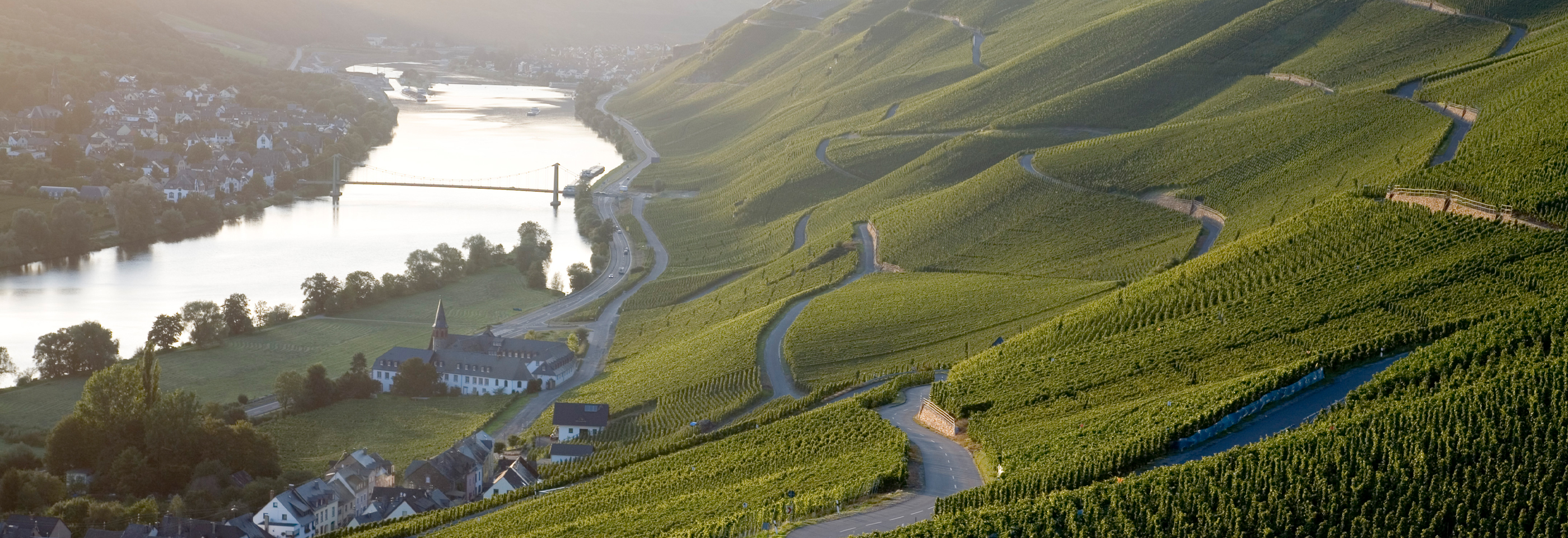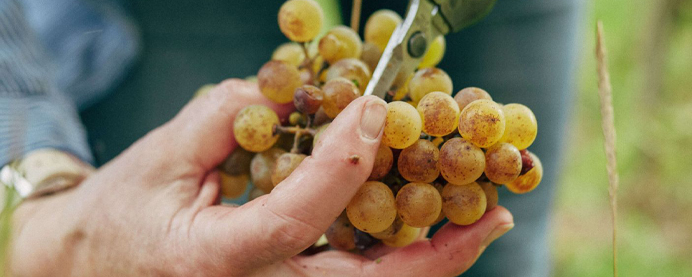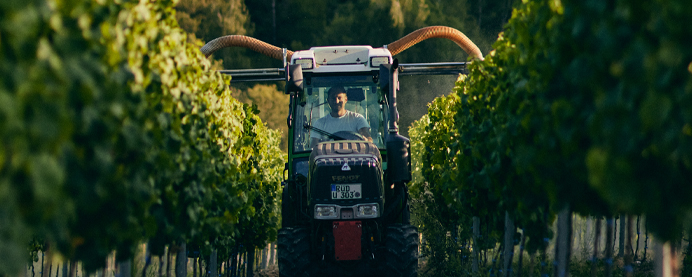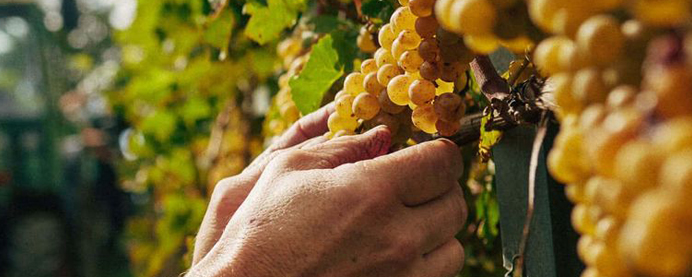
I had braced myself for a trip that would make the dentist wince. An overall cold, wet year concentrated by frost sounded like an advert for trouble, so it was first relief, then happiness that 2024 proved to offer a lot more to the taster than mere bracing freshness. In fact, the wines aren’t all that bracing at all. It is a cool year, and they are slender, they are pure, and they are animated, that’s for sure. But high natural acidities are buffered by small, very pretty, mostly citrus and white fruits, with a delectable, salty feeling that adds structure, subtlety and interest. It is not a daunting year, in the way that 2010 or, at times, 2021 had the potential to be. 2024 offers more of the fluid, charming, fresh feeling that the best 2016s had, but with a little extra dynamism. Along with 2008, 2016 and 2021 were the vintages most readily recalled by growers, with a few nods to 2002 and 2004. In the end, history dictates that Riesling is built for adversity. Plain sailing vintages tend to produce aromatic wines, with opulence and concentration, but stimulating, saline, thought-provoking Rieslings – those that have poise and vitality – are generally the ones that endured a long, turbulent season.

2024 in most quarters will be remembered for the most brutal April frosts that producers have ever seen. Ice came in a wave on 22nd and 23rd April, capitalising on the unseasonably warm February and March that advanced shoot development and budding across all regions. In the Saar and Ruwer, damage reached 80-90%. In the Nahe, Dönnhoff and Schönleber are down 70% and 50% respectively. What’s more, those frosts also hit the Grosse Lagen (Grand Crus), even though they are historically the sites with the warmest exposures. Helmut Dönnhoff, after more than fifty vintages, believed his were untouchable. The Middle Mosel escaped with around 30% losses on average, primarily affecting the lower lying plots destined for estate and other junior-level wines, though the village of Graach was hit by a hailstorm on 2nd May that picked up where the frost left off. The Schaefers lost about a third of their crop to that one shock event alone. The Rheinhessen was largely spared, thankfully, while the Southern Pfalz was also hit by about 30%. These are the sort of stats that, allied to high labour costs and the innumerable human-hours required to manage the steepest vineyards in the world, make one question a life of grape growing.
However, having tasted a lot of 2024s, it’s more accurate to say that, far from than disaster, 2024 sets a new watermark for resilience and determination. I was struck by a comment made by the young, passionate Christopher Loewen, who has removed the word ‘Riesling’ from his labels this year, accompanying the likes of Schloss Lieser and JJ Prüm. “The Mosel should have confidence to present as site and people”, he said. “This is not a region that makes every variety. We stand for something, just as they do in Burgundy, Barolo and Bordeaux. We do what we do in a world-class way.”

The weather remained cool with regular rain until early July. Summer arrived in earnest only in August. A month of warm, stable temperatures with no extremes put ripening back on track. Harvest began variously from late September to early October depending on the region, about two weeks later than in 2023. The frost’s yield reduction (in the affected areas) and the warm late summer helped to thicken grape skins and produce well-structured, small clusters. Klaus-Peter Keller was thrilled with the quality of the grapes come harvest time, but he, like others stressed that growers had to keep on top of the vegetation, cut away unripe or vulnerable bunches early and ensure airflow, throughout the variable September and October months. Most Rheinhessen and Pfalz producers were basically finished by mid-October, while some in the Mosel were still picking into early November. Those who took a disciplined approach to the stop-start harvest have produced Rieslings with all the fine boned, nuanced fruit and minerality of a great, classic vintage.
Growers who produce the full spectrum of styles purport that the sweet spots (once again) are in the Grosses Gewächs (GG) and Kabinett categories, though we’d add that there are some mightily impressive Spätlesen out there – they are surely destined for a resurgence in popularity, at some point. Regrettably, there are hardly any noble sweet wines in 2024 as they require a certain tolerance to risk – at the end of what, in 2024, was already a difficult year. The few in our offer today are remarkable not just for rarity’s sake but as articulate expressions of their terroir; chiselled and racy, with little opulence even as one climbs the scale.

The 2024 dry wines are frequently definable by a shell-like salinity, often as part of a lightly reductive whole, consistent with the profile of a cooler year. Many producers bottled their 2024 GGs a little later than usual to exploit time on the fine lees, layering textures to support the fine, varyingly wiry and intricate lines of acidity. In tasting the 2024 dries, purely for my own appreciation, I have tried to actively reflect on the way that acidity stamps its authority. Acidity offers more than refreshment – it is fundamental. Consider the varying nature of acidity in Riesling in the same vein as the evident, yet articulate – thrilling – nature of tannin in Nebbiolo. Once you’ve learned to love it, all other reds feel slow.
Rebholz is a Pfalz winery producing exclusively dry wines from a multitude of soil types. We concluded that the acidity of slate feels fast. It arrives quickly and it goes quickly – it rushes over like a wave. Limestone acidity sparkles – it is fragmented but it is persistent, and it can feel quite profound. The acidity of Rotliegenden soils (iron-rich red slate, gravel and loam), such as that in the Kastanienbusch, is all pressure and amplitude. It can be tannic in sensation.
For Riesling lovers, 2024 offers all that diversity and transparency, in what appears now to be an unusually charming and graceful way. That makes it a vintage to take seriously.
Mark Dearing
Germany Buyer, Justerini & Brooks



